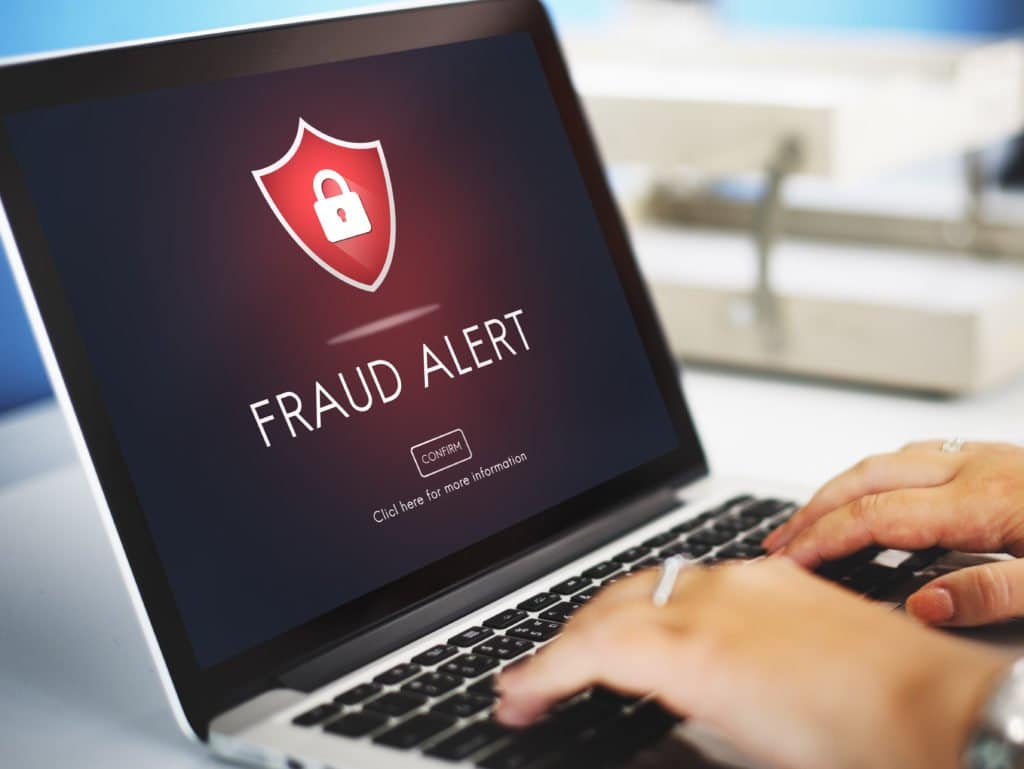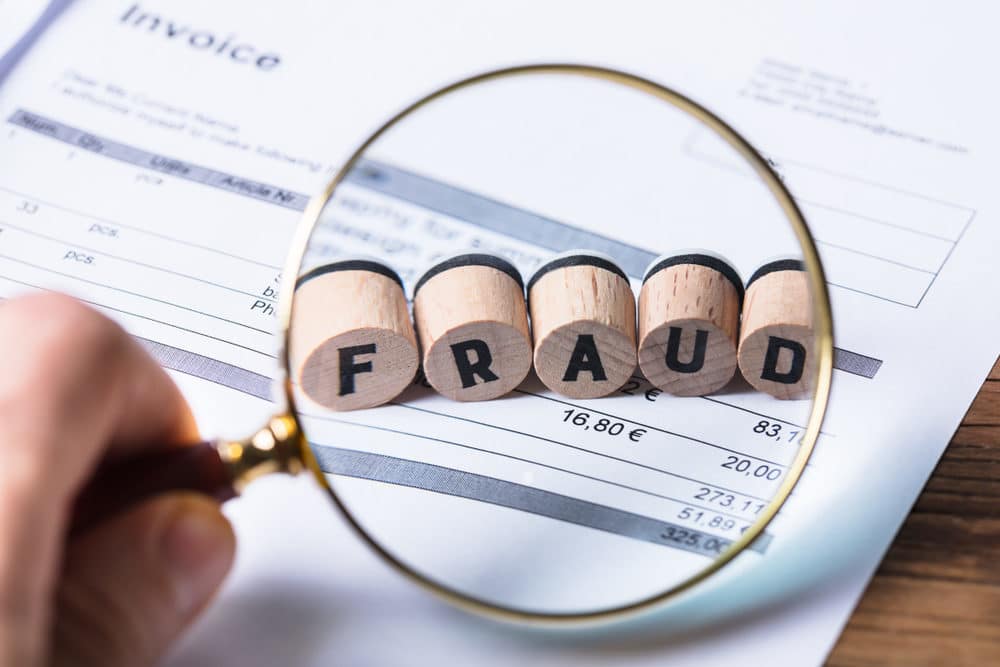Fraud Prevention: Analysis of the Fraud Triangle
In Part I of my blog, “Does Your Organization Need to be Under a Fraud Watch?” I provided a diagram of the fraud triangle. We’ll revisit that triangle here to evaluate if you have all elements of the triangle present in your organization. Let’s begin with thinking about each leg of the triangle and questions you should consider in your evaluation to increase your fraud prevention tactics. Keep in mind the three legs of the fraud triangle: Opportunity, Pressure, and Rationalization.
1. Begin with Opportunity
-
- Evaluate your key internal controls and those employees who are involved. Are the controls designed properly? How are controls being enforced and monitored? Do controls ever break down? If so, how, when, and what is the response when they do?
- Do you know your tone from the top? What is the tone/attitude of your management team and what is being communicated to staff? How do your employees feel about the environment of your organization? Does your organization have a method for reporting unethical behavior without fear of retaliation?
2. Evaluate Pressure
-
- Does your organization set certain metrics or numerical goals/budget with increasingly more pressure to meet these goals/budgets? Do you have compensation and incentives connected with meeting these metrics? Establishing metrics/goals does not mean your employees are going to commit fraud, however, the degree of fear and pressure in achieving these targets can play a significant role in employees committing fraud.
- Outside of work, do you notice employees that appear to be living a lifestyle beyond their means? Has their behavior changed? Do they have family or health issues that can create a significant amount of pressure for them?
3. Evaluate Rationalization
-
- This is a tougher one because you have to now think like a fraudster. I truly believe as human beings we want to see the best in others. So to think like a fraudster is challenging for most. Here are some basic rationalizations of fraudsters:
| “I don’t want to disappoint my supervisors/bosses” | “I’ll just pay off these debts and then I’ll stop” |
| “We are doing this so people can have their bonuses” | “No one will even notice” |
| “I need to do this for my family” | “I’ll pay it back” |
| “Everybody does this” | “It’s not a big deal” |
| “It’s outside my control, I don’t have a choice” | “They deserve it” |
| “You would do the same if you were me” | “They owe me this” |
| “It’s the auditor’s job to catch this” |
If you evaluate these three elements together and decide your organization should probably be under a fraud watch, then good! That means you’ve actually performed an analysis of the fraud triangle, recognized areas of exposure, and can now put together a plan to mitigate the risk. This is one step closer to fraud prevention. Fraud can happen to anyone by anyone, but the more educated you become on the three elements of the fraud triangle and implement measures to mitigate it, the stronger your organization will be.
Related Insights
Featured Post

Featured Client Testimonials
BW is a true partner to us. Their knowledge, expertise, and service are a valuable resource to us and play an important role in our success!
John Allen - Vice President of Finance, Kaufman Container
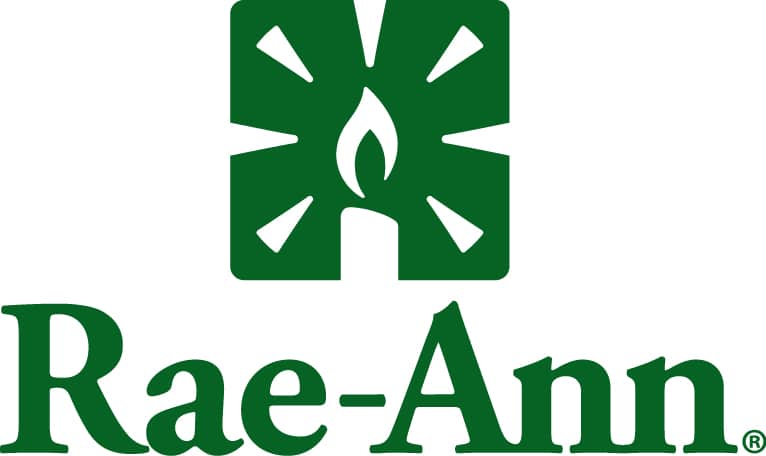
Featured Client Testimonials
I appreciate the exceptional tax advice we received over the years. The (BW team) has a good grasp of our business needs. Thank you for your excellent service.
John Griffiths - Owner, Rae Ann, Inc.
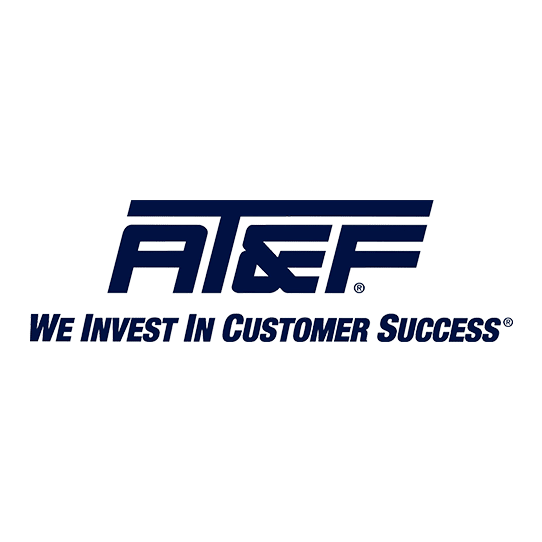
Featured Client Testimonials
Barnes Wendling has been our company accountants for over seven years. Their knowledge has been instrumental in helping us grow strategically during this time. And although we’ve seen many changes in our economy that we cannot control, we’ve always been able to trust the Barnes team to be by our side. The Barnes team feels like family. We can’t thank them enough for their support!
Christine Kloss - Controller, AT&F
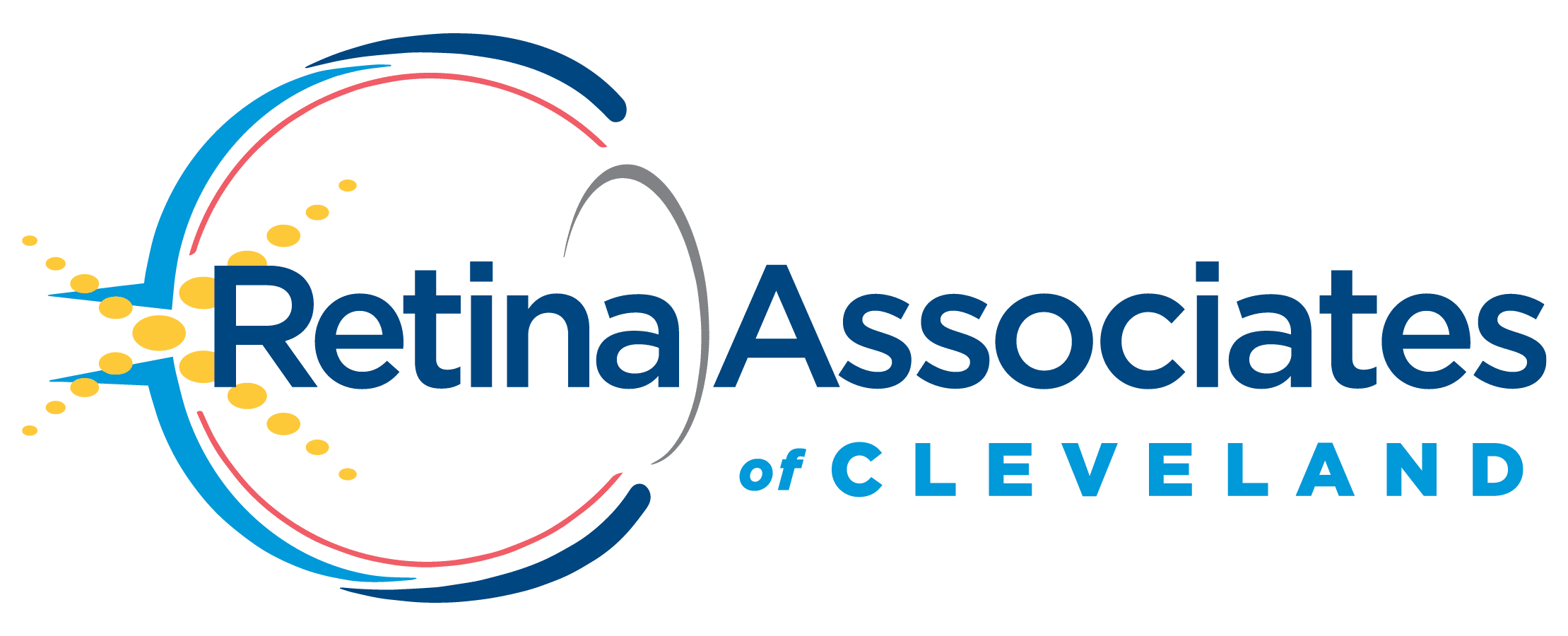
Featured Client Testimonials
Barnes Wendling has been our company accountants for over 15 years. During this time, the business has grown exceptionally, and Barnes has kept pace, providing accurate, quality advice. Our finances are more efficient than ever, and the expense of hiring Barnes has been a definite positive add to our bottom line. I give my highest recommendation to their firm.
David Miller, MD - President, Retina Associates of Cleveland

Featured Client Testimonials
Barnes Wendling has provided us guidance and recommendations that have strategically helped strengthen our business and position ourselves for growth. We needed to hire a new VP of Finance and Controller this past year, and they were instrumental in helping us find the best candidates for our company.
Sara Blankenship - President, Kaufman Container

Featured Client Testimonials
We value the trust, accuracy of information, and reliability of Barnes Wendling and Mike Essenmacher personally. Mike has been instrumental as a trusted advisor on accounting, tax, and personnel issues. His advice is always accurate, and he is very reliable. His associates are also very talented.
Dominic Ozanne - President and CEO, Ozanne Construction Company

Featured Client Testimonials
We value Barnes Wendling’s expertise with all things accounting so we can operate our business using our strengths and allowing them to be our experts. They have also brought me a few business sale opportunities to allow me to grow my assets.
John Gaydosh - President and Metallurgical Engineer, Ohio Metallurgical Service
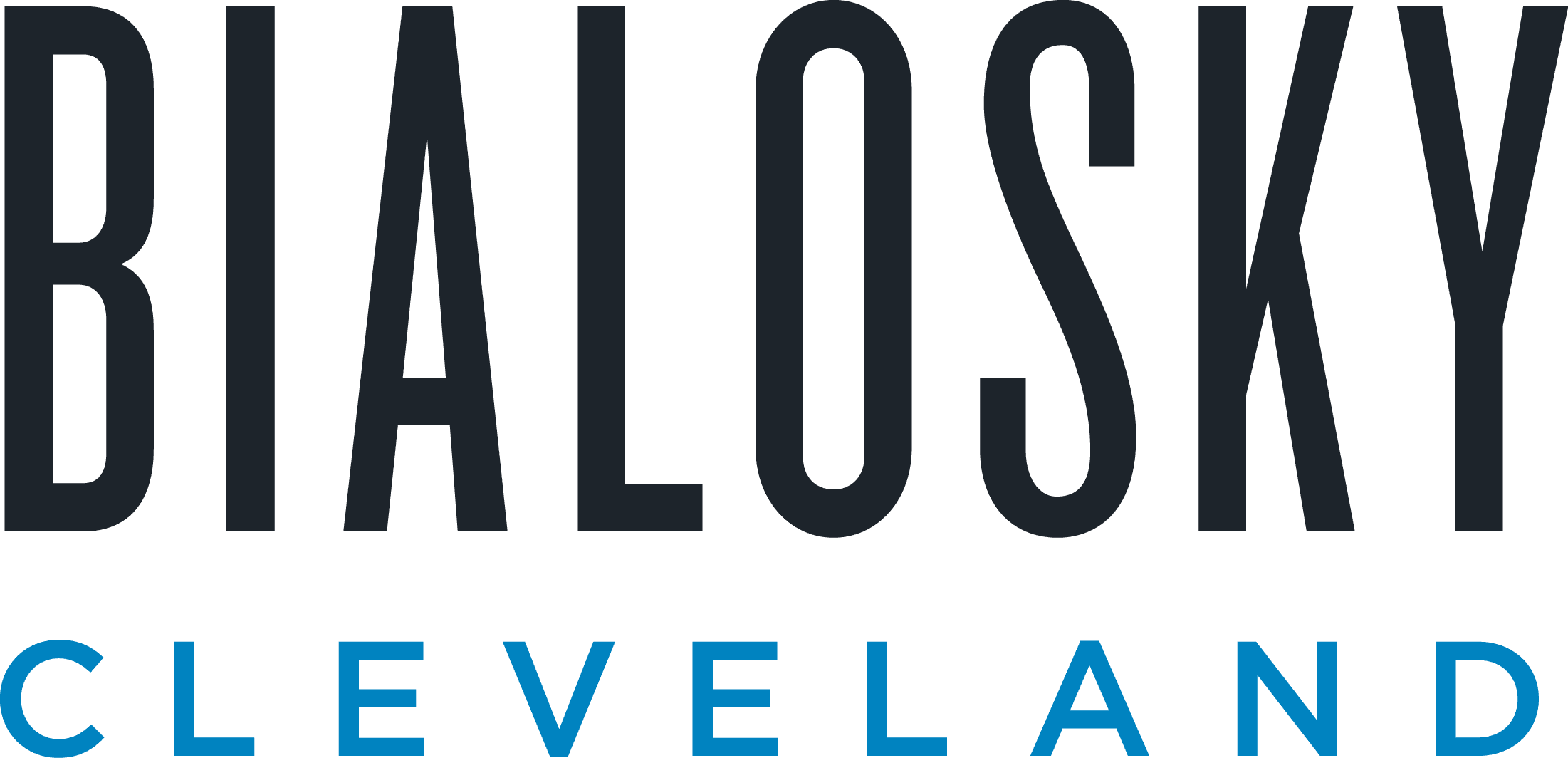
Featured Client Testimonials
Barnes Wendling (especially Lena) did a great job with our financials. Everything. It is extremely refreshing and comforting to know that all of our numbers are not only correct, but they are in the right place(s). Your diligence and reporting truly does make me (personally) feel better.
Thomas Adomaitis - Controller, Bialosky Cleveland

Featured Client Testimonials
I can wholeheartedly tell you that I have yet to work with an audit or tax team that have been more helpful, easy to work with, and committed than the team at Barnes Wendling- I have been through three different firms in the last few years.
Michelle Saylor, Former Controller, Aero Mag
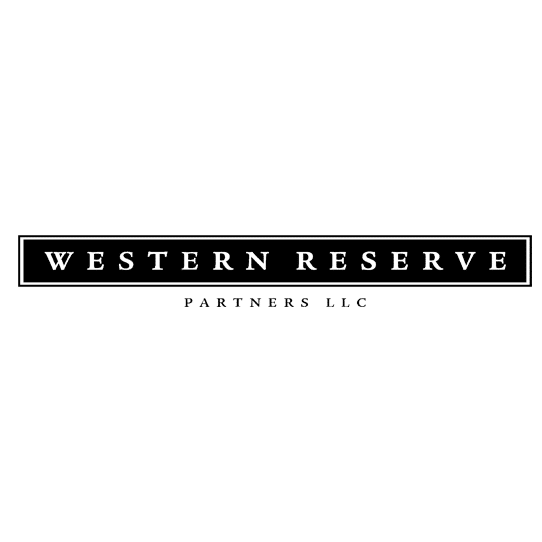
Featured Client Testimonials
Floyd Trouten at Barnes Wendling CPAs is an “expert’s expert” when it comes to M & A accounting. Not only does he understand the evolving details of the Tax Code but he also sees the fine points of their application for owners, managers, investors, and financiers.
Mark A. Filippell, Western Reserve Partners

Featured Client Testimonials
The service is amazing at Barnes Wendling CPAs. The benefit is worth more than the cost. Sometimes it’s true that you get what you pay for.
Mark Boucher - Former Owner, Castle Heating & Air

